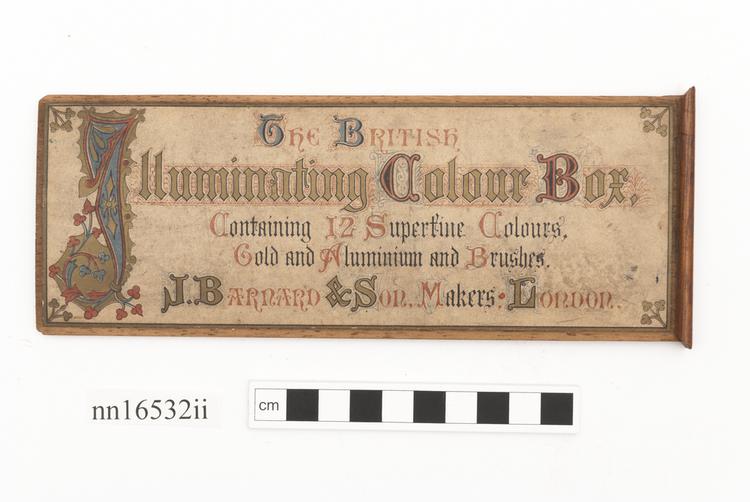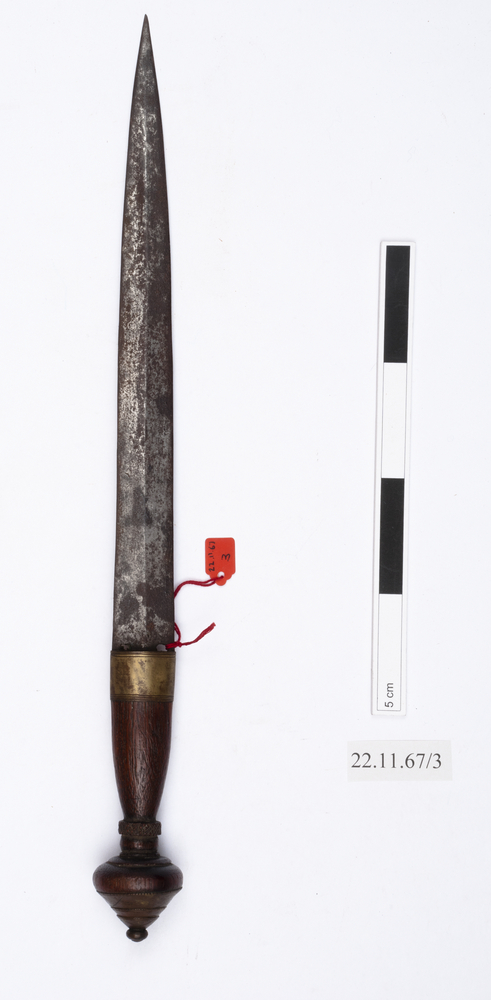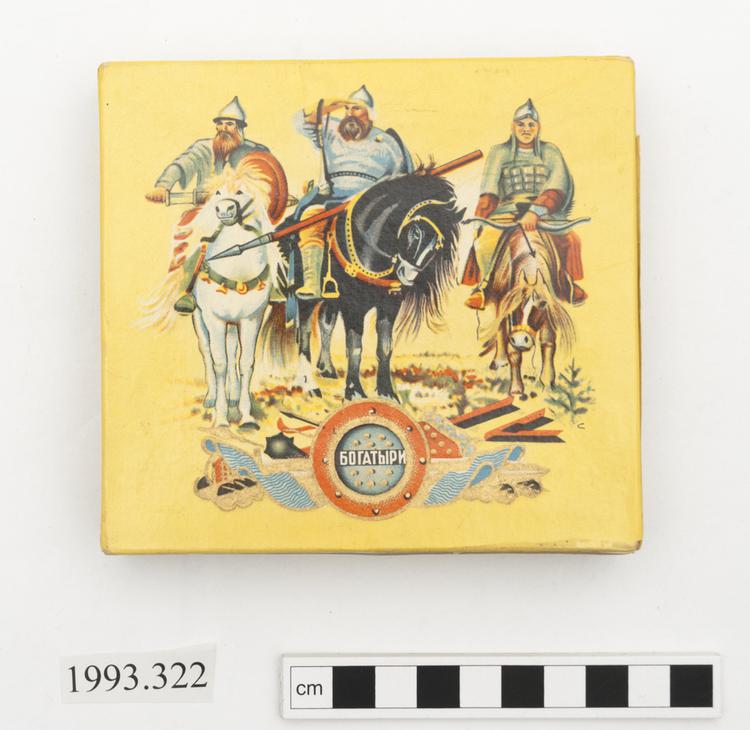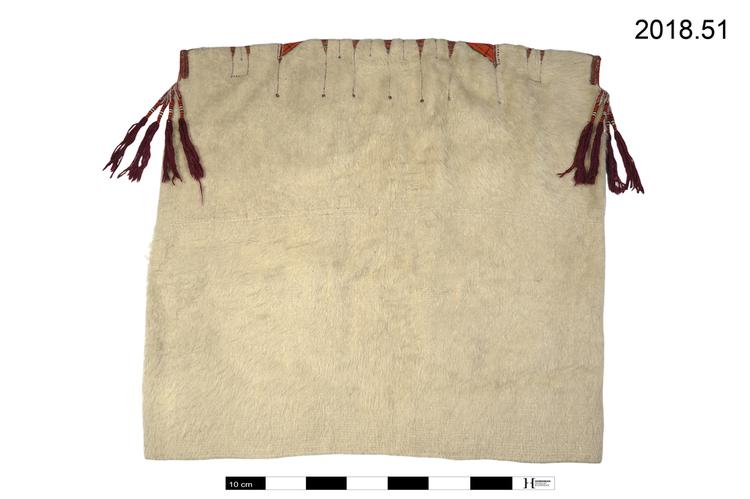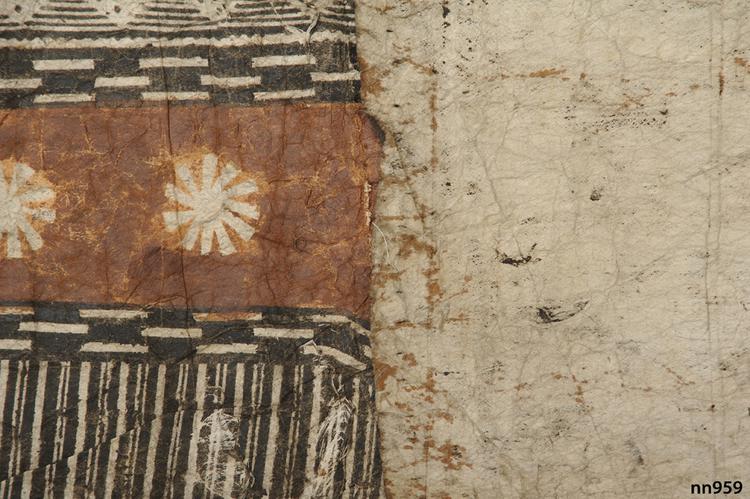
Large, rectangular barkcloth decorated with fine stencilling in brown and black. The decoration consists of 6 stripes, 4 of which are patterned the same. On one shorter side the textile is framed by a set of 3 stripes. This is followed by one of the 4 identically patterned stripes which is divided into smaller squares. The squares alternate between 2 different patterns. This is followed by a stripe containing small rectangular areas consisting of a plain centre, and surrounded by gridded frames. The surrounding ground consists of stripes, each patterned with diamond-shapes against a striped ground. This stripe is overall framed by sets of stripes alternating between a grid and other geometric patterns. This is followed by the other 3 of the 4 identical stripes.
Stained & Stencilled Barkcloth, Masikesa, Yasayasa Moala, Lau Islands, Fiji, Western Polynesia Plain tapa cloth is known as masi in Fiji, and it is produced in more or less the standard Polynesian manner: strips of the white inner bark of the Paper Mulberry (Broussonetia papyfera) are soaked in water, overlapped and beaten together by women using a four-faced or oval-sectioned hardwood mallet (ike) on a large, hardwood table-like anvil (tutua). Larger and larger pieces of fine white masi can be joined together by related groups of women until the desired size is achieved. This is often very large, as barkcloth acts as a kind of currency in Fiji. Truly massive cloths many hundreds of metres long have been produced, emerging from the entire female population of an island working together to produce a major diplomatic gift. The barkcloths of the Lau islands in eastern Fiji are renowned among experts on Pacific art because they are decorated in such a distinctive and diverse set of ways. Some Lauan cloths are strongly Fijian in character with lots of staining and stencil-work. Other Lauan cloths are very Tongan in character, with lots of watermarking using kupeti pattern-boards and overpainting by hand. These cloths reflect the strong Tongan influence that has been felt in this part of Fiji for centuries. Yet other Lauan cloths, such as those produced on the island of Kabara, combine all of these elements into a truly hybrid style. This cloth is more traditionally Fijian in character, and comes from the small cluster of three islands in southern Lau known as Yasayasa Moala. It is a cloth decorated in the masikesa style, a term literally meaning ‘red cloth’. True masikesa is stained with a pale orange-red dye made from tree bark, but any stained and stencil-decorated cloth is referred to by such a name. The precision, symmetry and complexity of designs were all ways that the Fijians evaluated the quality of a cloth, and the houses and beds of powerful individuals would only be covered with the finest cloth. Paper Mulberry, vegetable pigment. Mid-20th Century. Provenance unknown.



